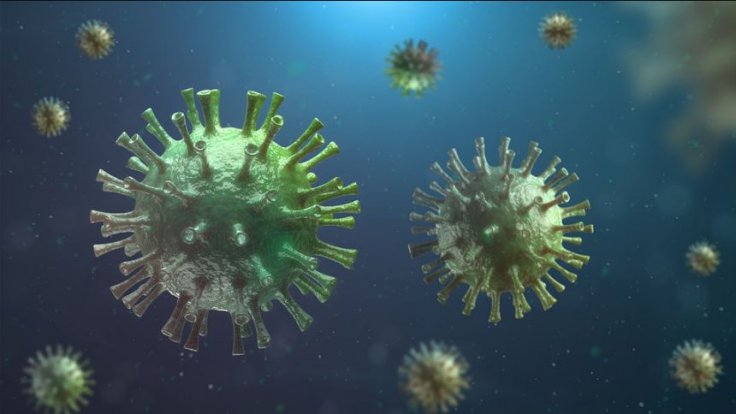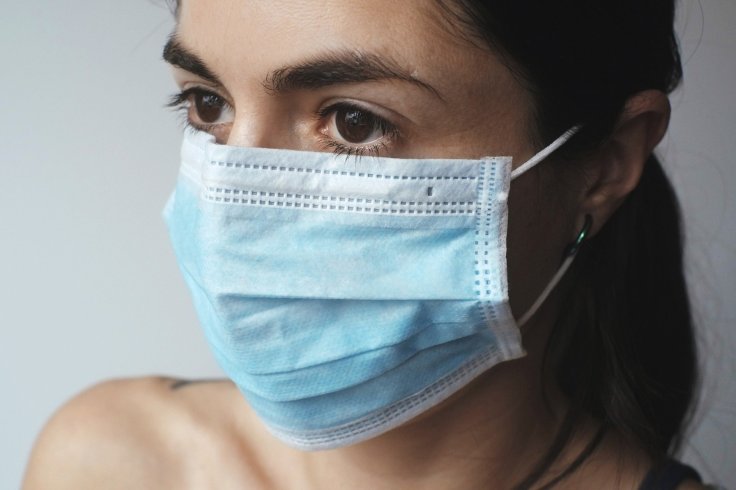The Centers for Disease Control and Prevention has issued fresh guidelines on its website and now says that tiny particles that linger in the air can spread the coronavirus, something public health experts have been warning about for months but went unacknowledged by the agency until Monday. The revised guidelines come just a few weeks after the health agency had acknowledged a role for the particles but then abruptly removed it.
The revised guideline now warns people that people who are 6 feet away from each other too are under risk of getting infected from tiny particles that linger in the air. This definitely is a cause of worry and now further complicates the preventive measures that were so long been taken to minimize the chance of spreading of the virus.
Situation Gets Complicated

The updated guidelines, which are now available on the CDC's 'How It Spreads' page, says that people who are more than 6 feet away from each other can still become infected from small droplets and particles that linger in the air for minutes to hours, especially in enclosed spaces that have poor ventilation. "There is evidence that under certain conditions, people with COVID-19 seem to have infected others who were more than 6 feet away," the CDC says on its website.
The revised guidelines come just weeks after the agency briefly updated its website to warn about airborne transmission. However, it soon removed the information saying that it the claims were still under review. Now, the CDC has compared the respiratory spread possibility of coronavirus to different infections like tuberculosis, measles, and chickenpox, all viruses that spread through airborne transmission.
How Scary is the Situation?

The revised guidelines definitely give a reason to worry. For months, scientists have been warning that the virus could spread through tiny aerosols that spread farther and hang in the air longer than previously known. Even the World Health Organization (WHO), lobbied by hundreds of scientists, noted that risk in July.
Although most scientists and researchers still believe that coming in close contact with someone infected with coronavirus is the most common way to contract and spread the disease, masks become all the more important now. The guidance on airborne transmission confirms that going maskless in poorly ventilated areas, such as restaurants and bars, where there could be a patient with coronavirus raises the chance of infection even if the two people are far away from each other.
With more than 7 million confirmed cases and 210,000 deaths, the U.S. is still leading the world in coronavirus infections. The new guidelines from the CDC once again stresses on the importance of using masks all the time, especially when within a confined space.









